Installing a vapor barrier in the crawl space is one of the most important things in preserving your home from excess moisture, which, if not corrected, can lead to mold, mildew, and other structural damage. However, its effectiveness hinges on the right location and installation.
So, read on to learn where to place this very important thing and why. This practical step-by-step guide will also discuss the products available to ensure effective vapor barrier installation. Read on!
Why Install Vapor Barrier in Crawl Space?
There are several reasons why a vapor barrier should be installed, but first, let's understand why crawl spaces seem to suffer from moisture problems. Too much moisture can seep into the foundation and compromise the structural elements of your house. Once installed at the base, a vapor barrier prevents moisture from penetrating up, weakening the humidity from growing on the walls, where there will be less moisture that can trigger mold. Wooden beams and floors will also be safe from rotting.
You can read more about this through the product page for dehumidifiers from BaseAire, which complements the vapor barrier system.
Correct Installation of a Vapor Barrier
The location of the vapor barrier is critical to its function. For most crawl spaces, the vapor barrier shall be installed directly against the crawl space's flooring and extend over the entire ground surface. Here's a detailed look at each element of the installation:
- Ground Surface: The vapor barrier should completely cover the ground surface and be fitted tight to it without gaps or openings. For complete coverage, overlap all the edges of each sheet by at least 12 inches and affix using waterproof tape. In this setup, moisture that stems from the ground cannot rise into the crawl space and reach the foundation of your house.
- Foundation Walls: Over the ground, the vapor barrier should lap onto the crawl space walls (usually 6-12 inches up). This will prevent water from entering the foundation walls. Fasten the barrier to the walls using adhesive or mechanical fasteners so that it is tight and sealed against the surface.
- Vents and Openings: All vents or doorways should be sealed or closed. A crawl space dehumidifier, in combination with the vapor barrier, is often recommended for more controlled moisture levels. Check out BaseAire dehumidifier products, which will help you keep a dry space even in areas with higher humidity.

Advantages of Proper Vapor Barrier Installation
Proper placement of a vapor barrier has numerous benefits in controlling moisture levels. Installing it ineptly can render it ineffective, allowing moisture to creep into your crawl space and eventually into your living area. Benefits of a well-installed vapor barrier include:
- Moisture control is also the primary objective of installing a vapor barrier. It protects water from penetrating into the crawl space and surface water from penetrating onto the ground and up the walls, which is usually considered a principal humidity source.
- Better Air Quality: Moisture control is the most important reason for avoiding mold and mildew contamination, which severely impacts indoor air quality. Mold spores in a crawl space are easy to spread into the rest of the house and could lead to health issues. For more air quality improvement solutions, visit the website.
- Energy Efficiency: A well-insulated crawl space will also be a more energy-efficient house. In a low-humidity environment, the work of HVAC equipment is decreased because they do not have to work as intensely to remove moisture and cool the air. This could help save money on utility bills and create a more comfortable living environment.
Other Considerations Regarding Crawl Space Vapour Barriers
Although straightforward, there are a few additional notes concerning the basic installation procedure for optimal results for your vapor barrier system:
Thickness of Vapor BarrierThe material thickness of a vapor barrier is also significant. Most experts say that the vapor barrier must have at least a thickness of 6 mils. In cases where your crawl space is inclined towards higher moisture levels, a 10—or 20-mile barrier would be even much stronger and thus adequate protection. Thicker barriers are less likely to tear and puncture, so they generally last longer. BaseAire's product range offers different robust options.
Sealing and InsulationOnce you install the vapor barrier, ensure that it is sealed properly to enable it to perform its role effectively. You may also choose to add insulation to the crawl space wall after installing the vapor barrier to ensure optimal energy efficiency in your house. Insulating crawl spaces protects them from moisture and maintains a constant temperature in your home, significantly reducing the HVAC load.
Local Building CodesCheck with your local building codes or regulations regarding installing a vapor barrier. Some areas have specific requirements regarding how a crawl space should be sealed and ventilated. Locally, the requirement for adherence will keep your home compliant and assuredly protected against damage arising from moisture.
When to Replace a Vapor Barrier
Though a well-installed vapor barrier will last a long time, after enough time has passed, the general wear and tear, pest invasion, or just natural degradation of the material will mean it'll need to be replaced. Here are some indicators that it's probably time to replace your vapor barrier:
- Visible tears or holes: The damage may also compromise the barrier's ability to keep moisture, so holes and tears should be patched or replaced.
- Excessive Moisture Buildup: If the moisture issues in your crawl space persist even after installing a vapor barrier, the barrier may have compromised its effectiveness and needs to be replaced or supplemented by other measures to control moisture, such as employing a dehumidifier. Take a look at BaseAire's product range.
- Mold Growth: Mold in your crawl space is a positive indication of too much water penetrating there. When you recognize mold growth, you should review the integrity of the vapor barrier and replace it if applicable.
Conclusion
A vapor barrier in your crawl space would protect your house from the destructive power of excess moisture. You create a good seal against moisture intrusion by covering the vapor barrier against the crawl space floor, wall-sealing with it, and correctly closing all the gaps, vents, and openings. Once done, this process continues to aid in mold, mildew, or wood rot prevention while improving air quality inside your home and further contributing to energy efficiency.
A good dehumidifier is the best complement to your vapor barrier since some products from BaseAire's line can further reduce humidity, keeping your crawl space dry. Regular checks, maintenance, and humidity level monitoring are crucial for long-term protection and effectiveness.

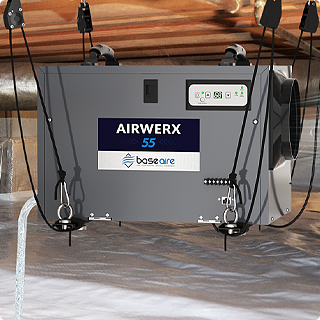
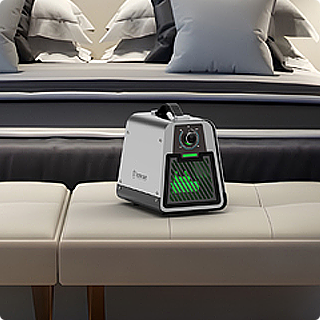
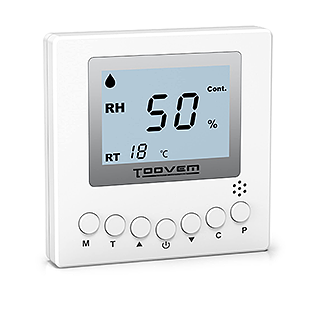
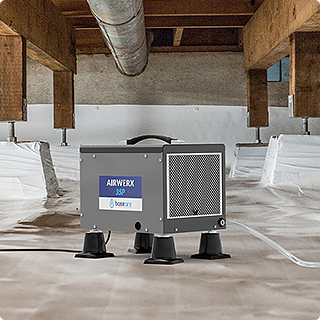
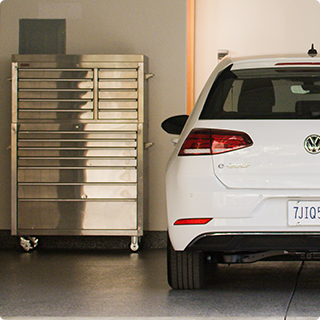
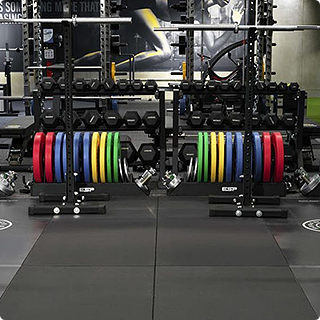
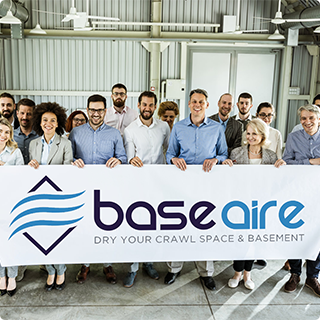


![BaseAire 888 Pro 7,000 mg/h Ozone Generator, Digital O3 Machine Home Ozone Machine Deodorizer - Ozone Generator from [store] by Baseaire - Disinfection, Ozone Generator](http://www.baseaire.com/cdn/shop/products/888-Pro-_-1.jpg?v=1698817267&width=104)
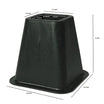

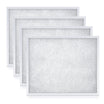
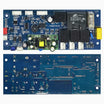
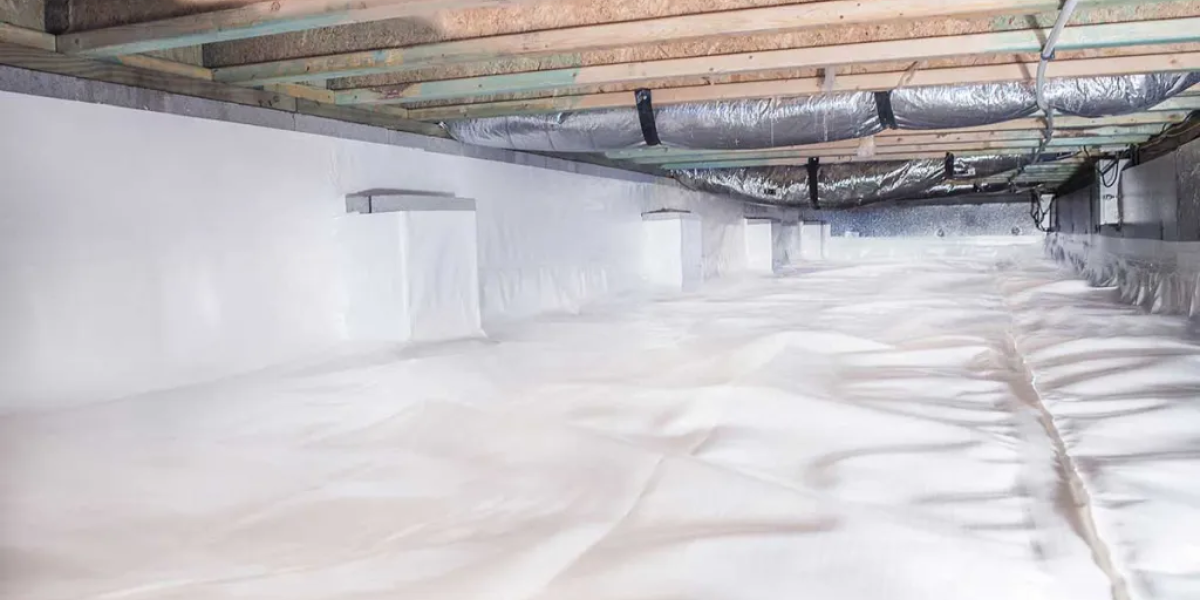
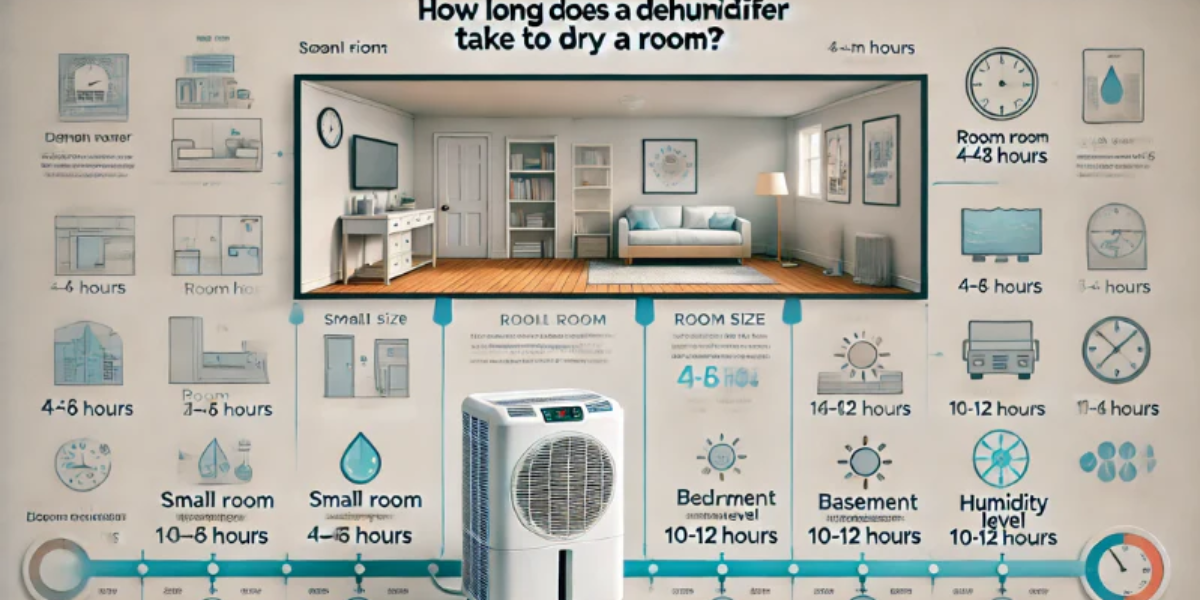

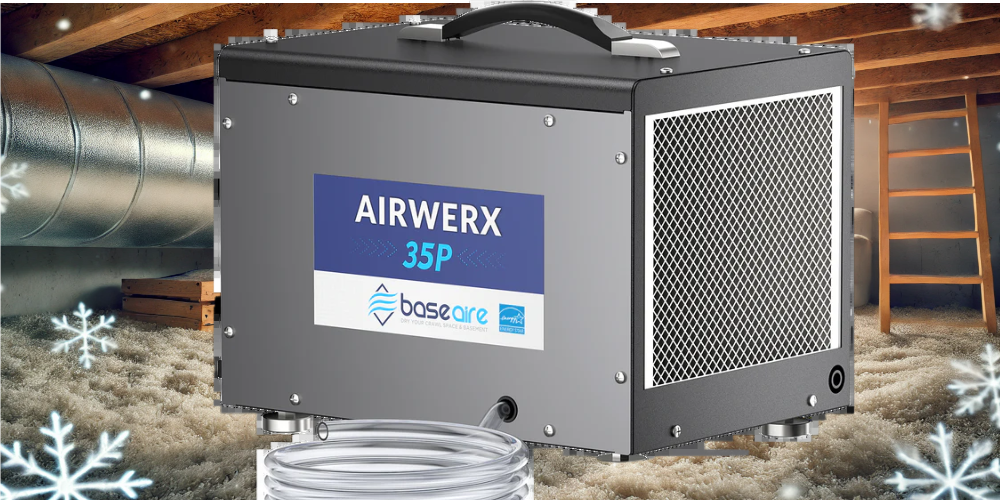




Hinterlasse einen Kommentar
Alle Kommentare werden vor der Veröffentlichung geprüft.
Diese Website ist durch hCaptcha geschützt und es gelten die allgemeinen Geschäftsbedingungen und Datenschutzbestimmungen von hCaptcha.